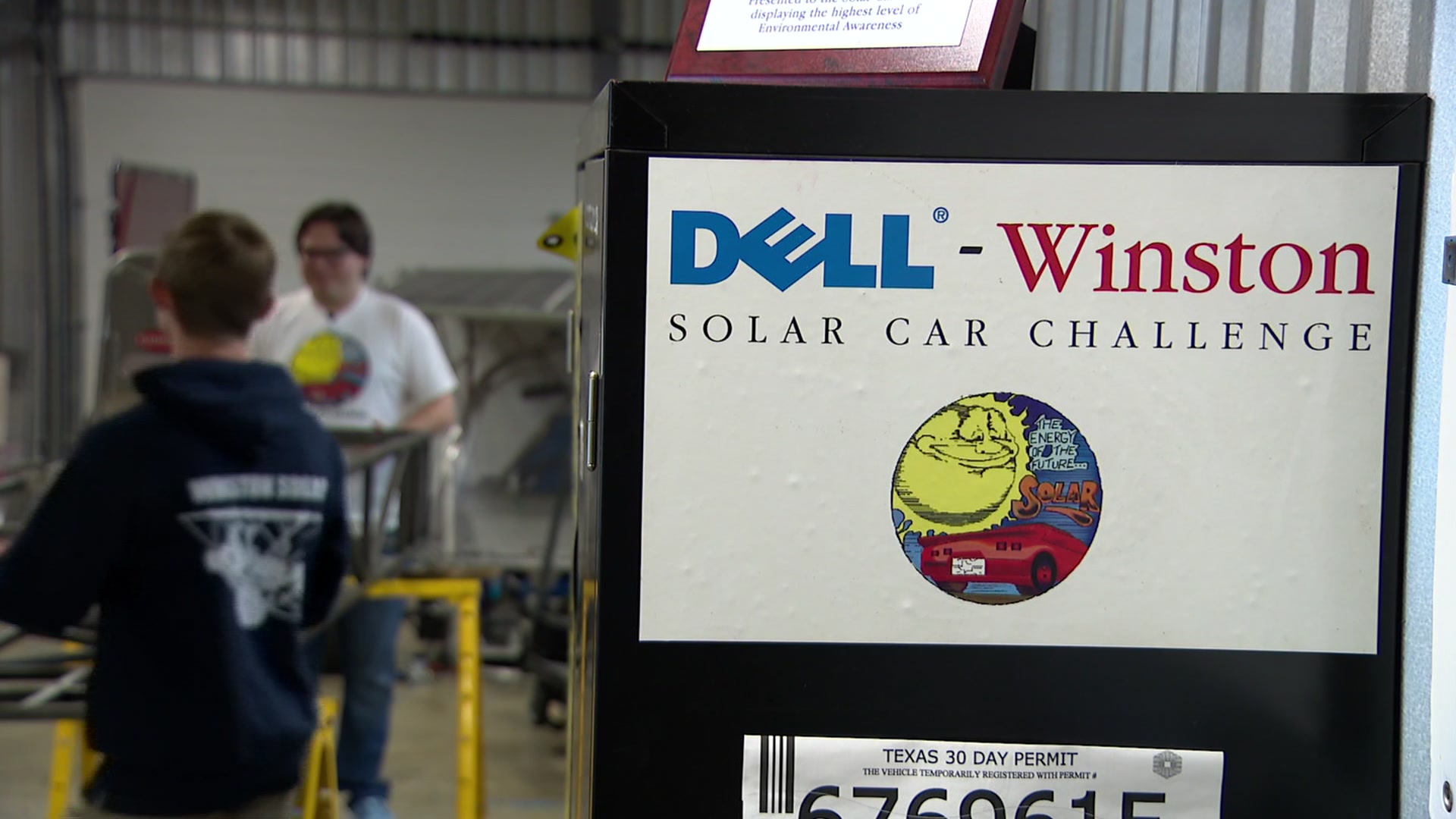New technology developed by a University of Texas at Arlington researcher could be a game changer when it comes to improving the lives of people suffering from amyotrophic lateral sclerosis, known as ALS or Lou Gherig's Disease.
The technology was inspired by his own family's experiences and struggles with the debilitating disease.
Dr. Christopher McMurrough's mother-in-law was diagnosed with ALS in 2009.
Already devastated by the news, he said life became even more frustrating for both her and their family when she lost the ability to communicate.
Their insurance provided her with a very expensive device that allowed her to type on a computer screen using her eyes -- but it would frequently malfunction and was unreliable.
Then a PhD student studying computer science and engineering, McMurrough wondered if he could come up with something better.
And although his mother-in-law lost her fight with ALS before it was finished, he's continued his work in hopes of making things better for other families that are experiencing the same things his did.
Local
The latest news from around North Texas.
"If this can make those situations just a little bit better and improve the quality of life for the people that are dealing with these situations, that would be awesome," McMurrough said. "That would mean the world to me."
Over the last five years, he's developed a specialized headset designed to make it easier for ALS patients to interact with their environment. Worn like a pair of ski goggles, it uses cameras to map out the patient's surroundings in 3D, then follows their gaze to help indicate when they're focusing on something -- like a bottle of water, for example.
"We're taking the technology and moving it away from a statically mounted monitor or screen and basically having it follow the user wherever they go," McMurrough said.
He recently received a full patent for the device.
"I just kind of got a notice a few weeks ago," McMurrough said. "[It said] this goes into effect on this date. I was like oh, cool! I guess that all worked out. It was awesome. That was a good day."
McMurrough said the next step is to begin commercializing his technology. He's already received some interest from potential buyers.
"We want to continue to improve the software -- and of course we want to get this in patients' hands," said McMurrough. "That way they can actually try this out and we can prove how useful this truly is."



